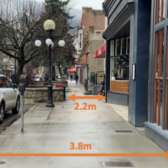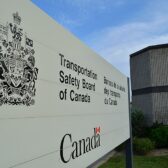Practical Financial Solutions: RESP spending options
You’re finally ready to start tapping into the investments you’ve been building in that Registered Education Savings Plan (RESP) you’ve nurtured over the years.
Here are some ideas on how to get the most from it.
Know your options: Once your child is enrolled in an eligible program you can withdraw plan contributions tax-free and use them any way you wish – to support your child or even for your personal purchases. (If your RESP is a “group RESP”, then there may be further restrictions on contribution withdrawals.)
Know your limits: Educational Assistance Payments (EAPs) consist of the Canada Education Savings Grant (CESG), 1 the Canada Learning Bond (CLB), and the income you’ve earned on the investments within the RESP. In most cases, the government restricts the withdrawal of EAPs to a maximum of $5,000 in the first 13 weeks of your child’s educational program. In some cases, the limit may be $2,500 per 13-week period. EAPs must be used to ‘further’ your child’s post-secondary education, and thus can be used to pay for numerous things including tuition, school/student fees, textbooks and even ‘reasonable’ costs for moving, rent, food, and transportation.
You can request the permission of the Minister of Employment and Social Development Canada to exceed the $5,000 or $2,500 limits on EAP withdrawals. Make your request in writing through your RESP promoter, and send it in as early as possible.
Avoid paybacks: If there is any money remaining in your plan after your child’s post-secondary program has been completed, you may be required to refund some of the CESG monies your plan had received. To avoid any potential CESG paybacks, be sure to deplete your plan’s earnings first by withdrawing EAPs before contributions.
Take advantage of left-overs: Any contributions remaining in the plan after your student finishes college or university are yours to use as you wish – transfer them to another child’s plan or withdraw them for personal use.
Be tax-savvy: Remember that EAPs will be taxed as part of your child’s income — a tax advantage if your child’s income is low.
An RESP is a great way to help offset the cost of a post secondary education – and there are other steps you can take to ensure your financial stability and achieve a debt-free education for your children. Talk to your professional advisor about the best financial steps for your situation.
This column is sponsored by Roger Higgins, a BA, CFP Division Director for Investors Group in the Kootenays. For all your financial planning needs, contact Roger at 250-352-7777 of email at roger.higgins@investorsgroup.com


























